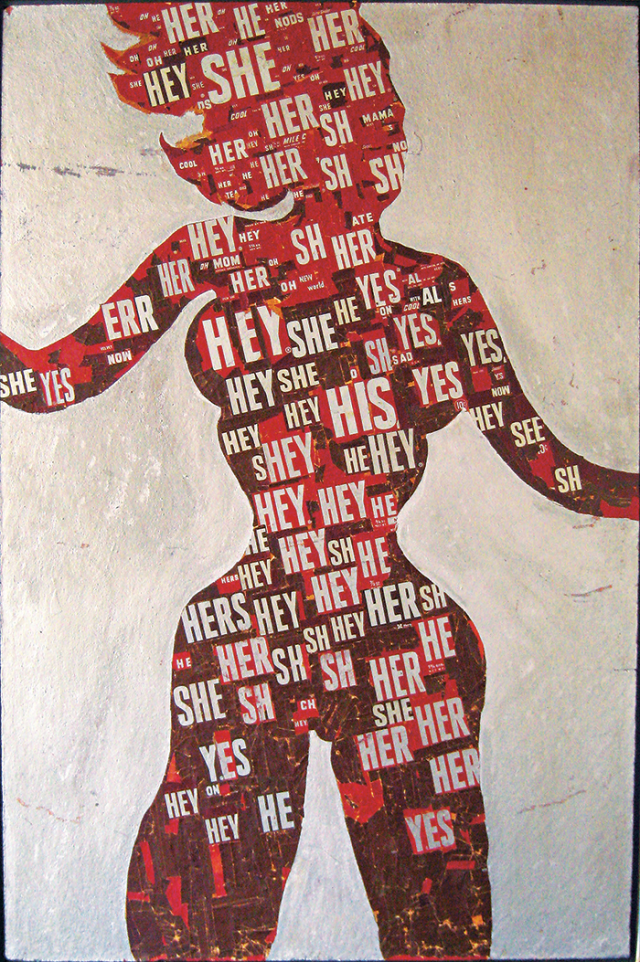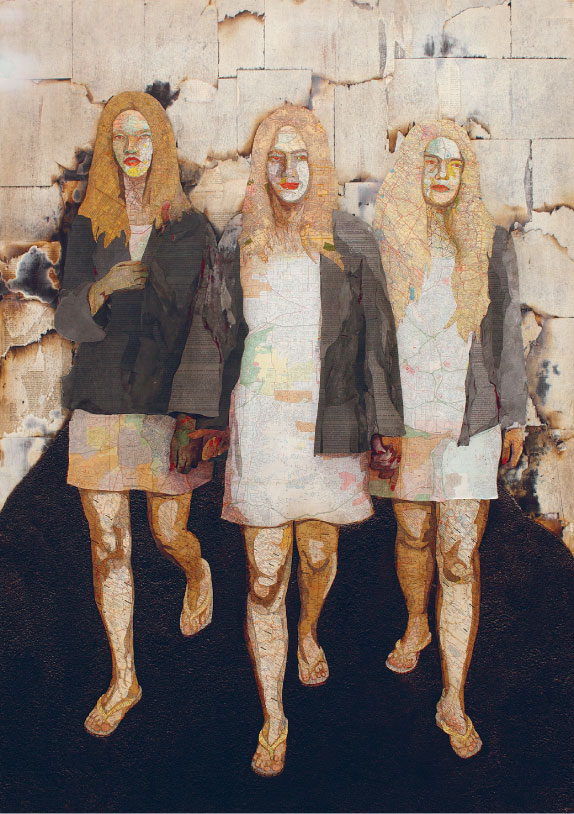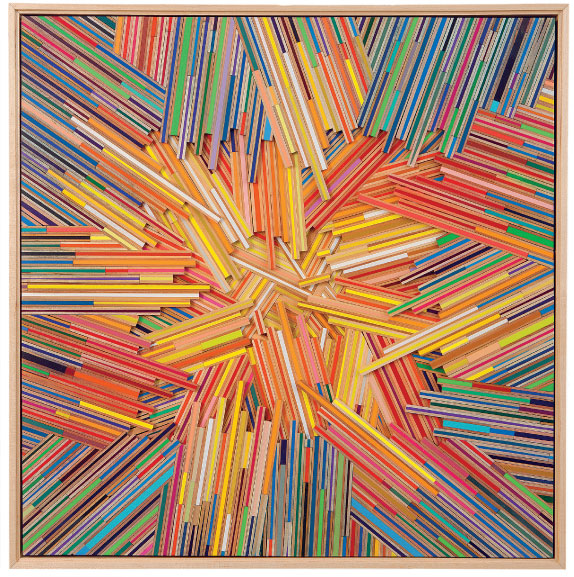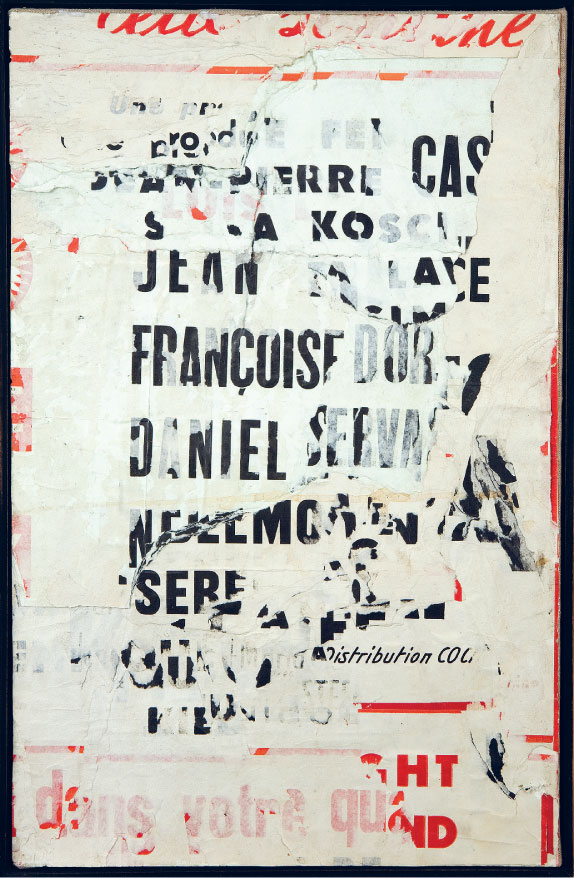Collage
ISSUE 196, SPRING 2011

The modern history of the cut-up -begins with the advertising age and the Victorian craze for scrapbooks. Later, with Cubism, Dada, and Surrealism, collage became a form of modernist protest against bourgeois good taste. (Clement Greenberg called it “the pasted--paper revolution.”) Now collage and its close cousins—bricolage, décollage, and assemblage, all methods of crafting new work from old materials—are such familiar gestures that we may overlook the genre altogether. And yet collage has an aesthetic tradition all its own, one that honors materials and materiality, foregrounds handiwork, and exalts intimacy and whimsy while reclaiming the scraps of everyday life, whether these are candy-bar wrappers or postcards, matchstick boxes or newspaper ads.
“The notion of taking the vulgar bits and putting them in the context of a painting or a drawing, and calling it high art—that was certainly a revolutionary gesture at one time,” says Pavel Zoubok, a New York City gallerist devoted exclusively to collage and the curator of this portfolio. “I don’t know how much you can really violate anything anymore—people will alwaysbe cutting the heads off pictures of political figures and gluing them onto something else. But there is a whole new generation of artists embracing the medium and a whole new affection for collage,” he says. “People are naturally drawn to the tradition because it encompasses the things we know, the things we live with, and it embraces them out of a preservationist impulse—to save something that otherwise would be thrown away.” Collage is a cultural tool always near at hand: “It’s a more democratic medium—in theory we can all make a collage,” Zoubok says, careful to add, of course, that “collage is easier said than done.”
The following images cover much of the past century and reveal a family history of the genre, from the Dadaist fragments of Hannah Höch to the layered Pop of Joe Brainard, the arcane virtuoso Ray Johnson to the wunderkammer craftsman Joseph Cornell. Collages charged by jarring contrasts appear alongside painstaking pictorial compositions, some of which approach trompe l’oeil; two-dimensional tableaux are placed next to three-dimensional assemblage objects; the engaged beside the apolitical, and the elegant beside the rough—often within a single, eclectic work.



No comments:
Post a Comment